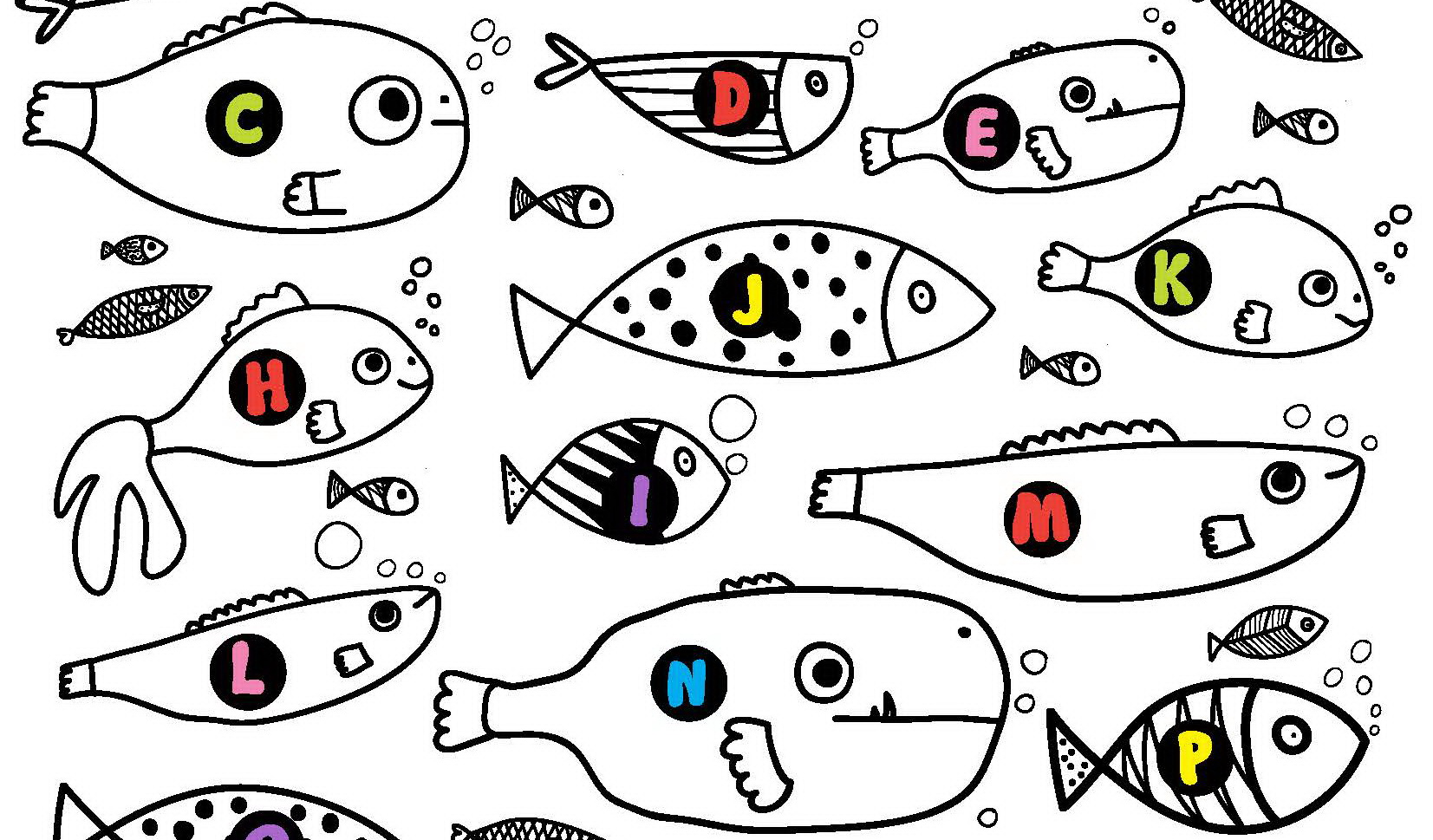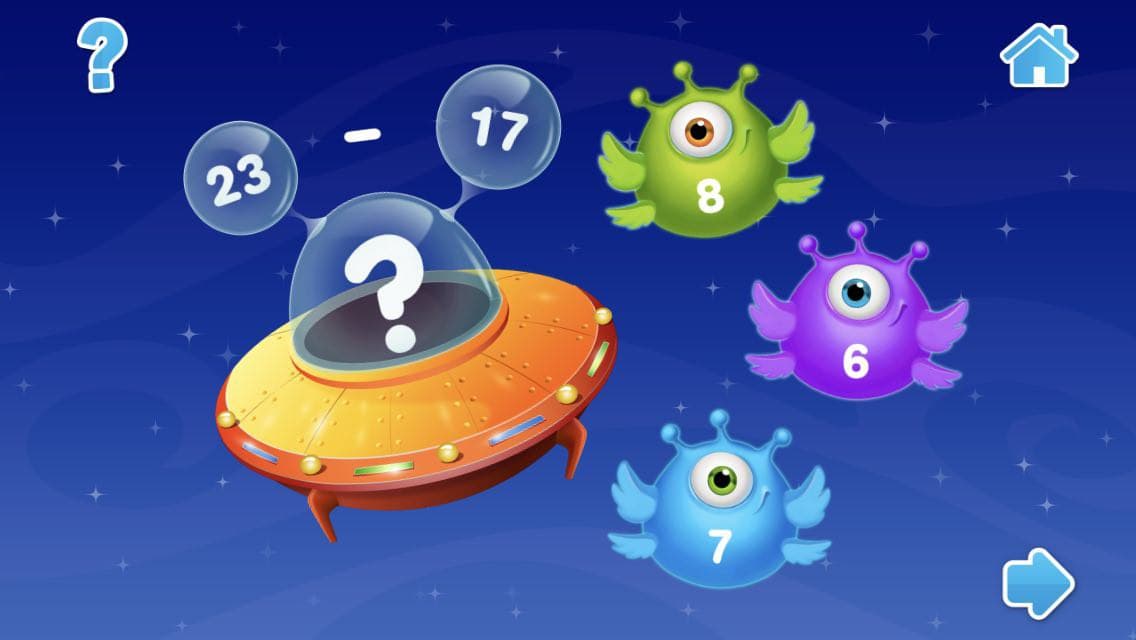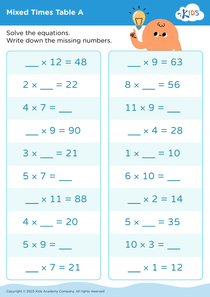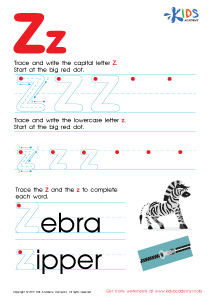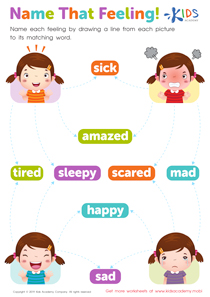Fine Motor Skills Extra Challenge ABC Letters Worksheets for Ages 4-6
7 filtered results
-
From - To
Enhance your child's learning with our "Fine Motor Skills Extra Challenge ABC Letters Worksheets" designed for ages 4-6. These engaging printables help young learners master the alphabet while honing their fine motor skills. Packed with fun tracing, coloring, and writing activities, each worksheet encourages precision and coordination. Perfect for preschoolers and kindergarteners, these exercises build a strong foundation for handwriting and early literacy. Visit our page to download and print these worksheets to give your child an educational edge while keeping learning exciting and interactive. Ideal for at-home learning or school use.
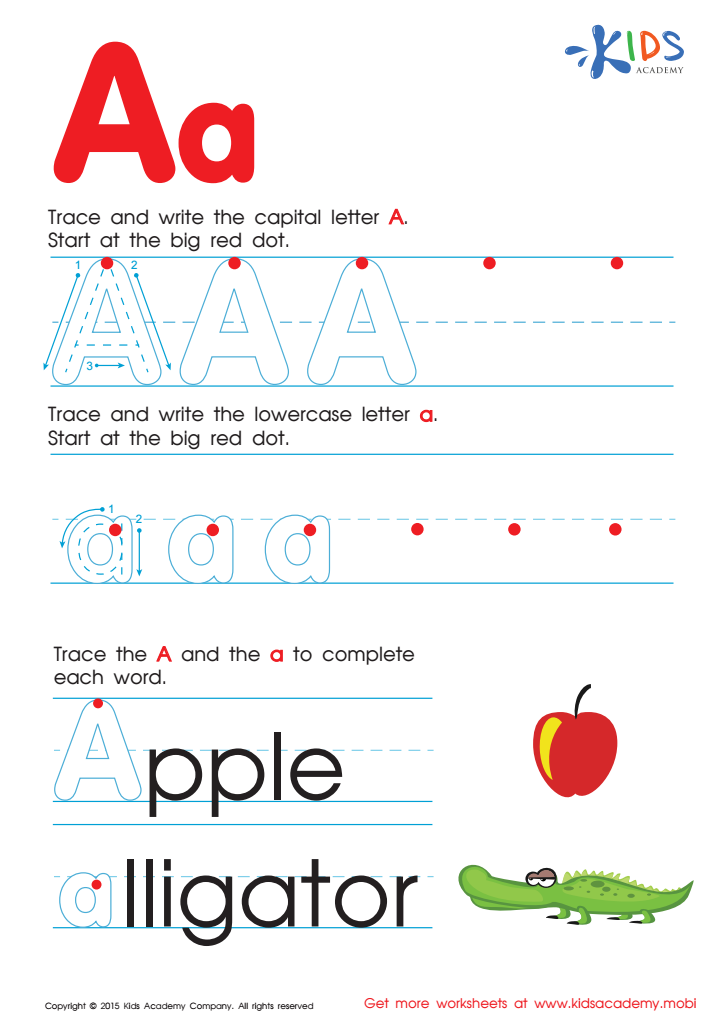

Letter A Tracing Page
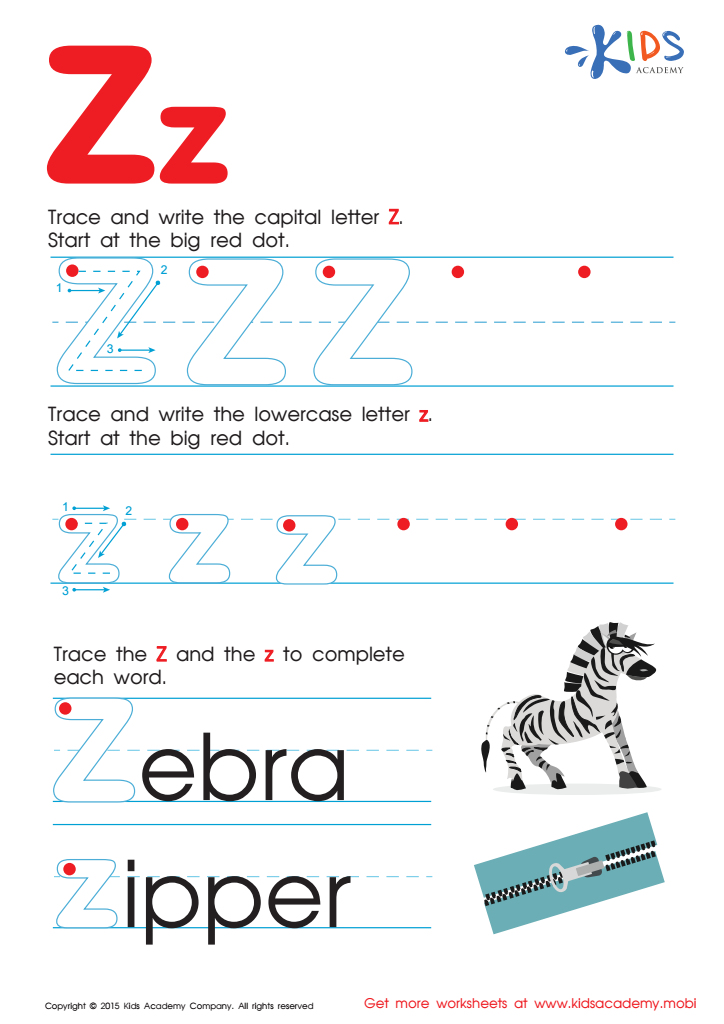

Letter Z Tracing Page
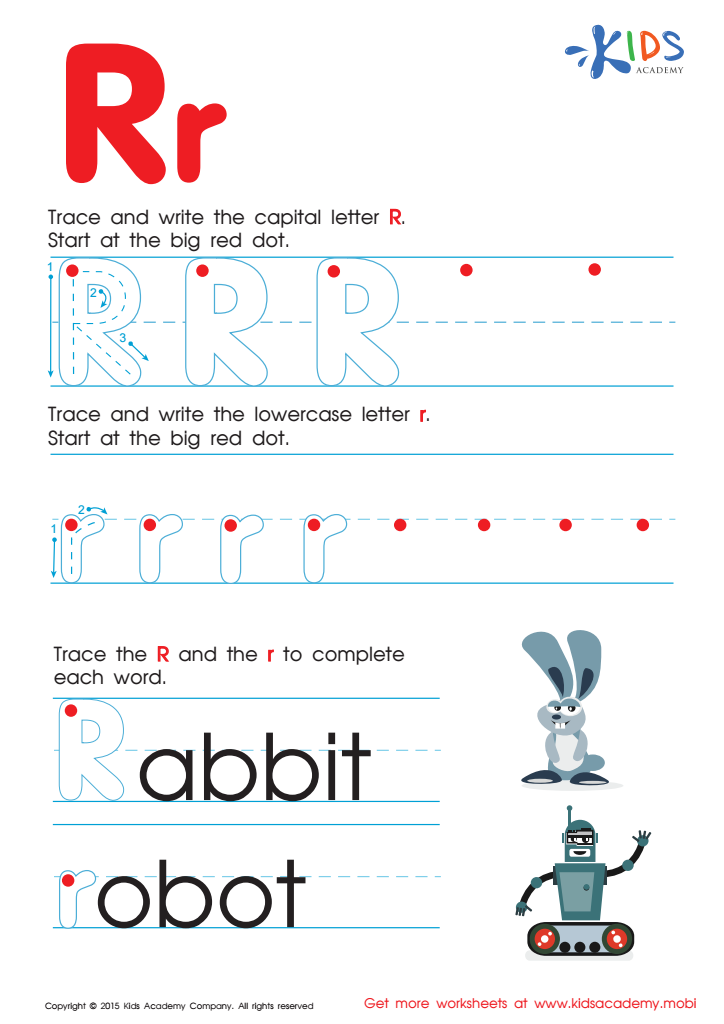

Letter R Tracing Page
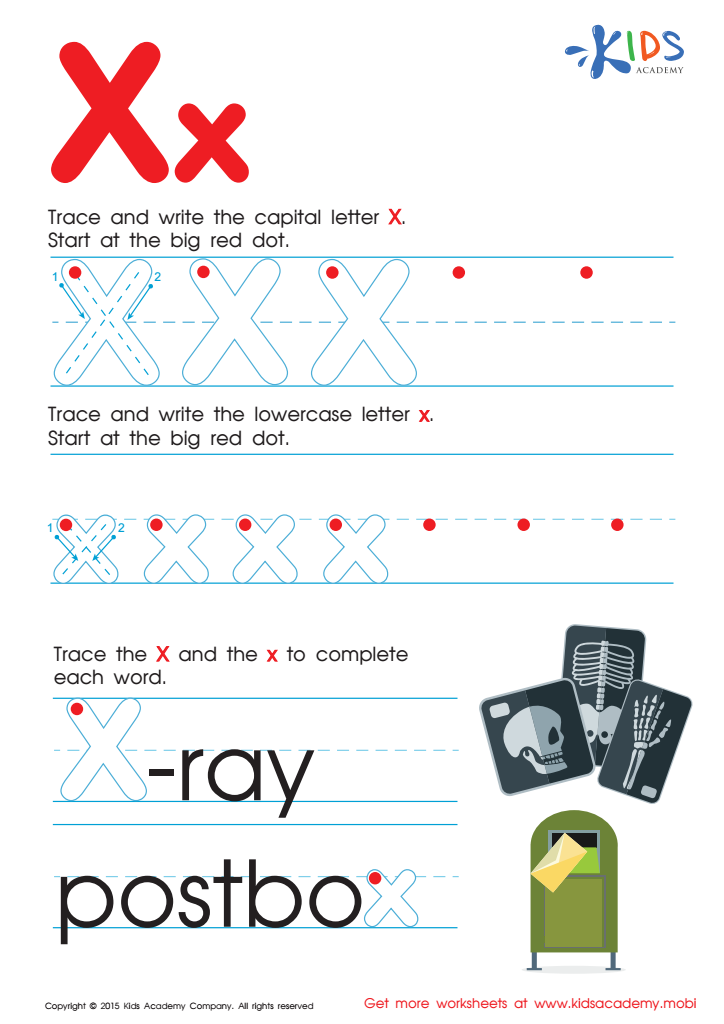

Letter X Tracing Page
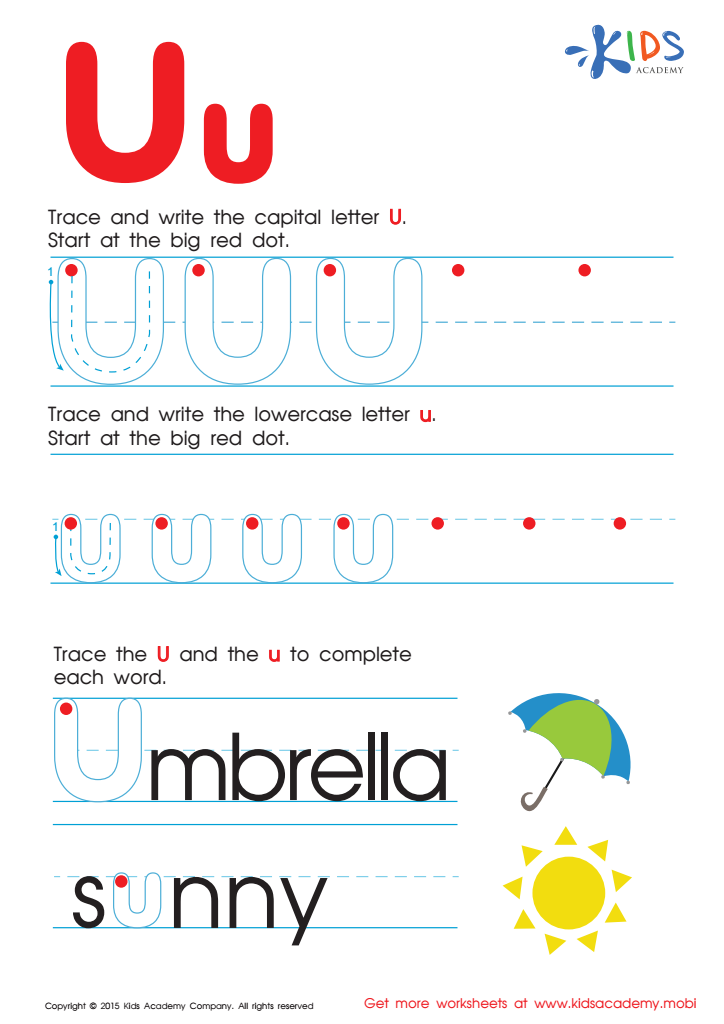

Letter U Tracing Page
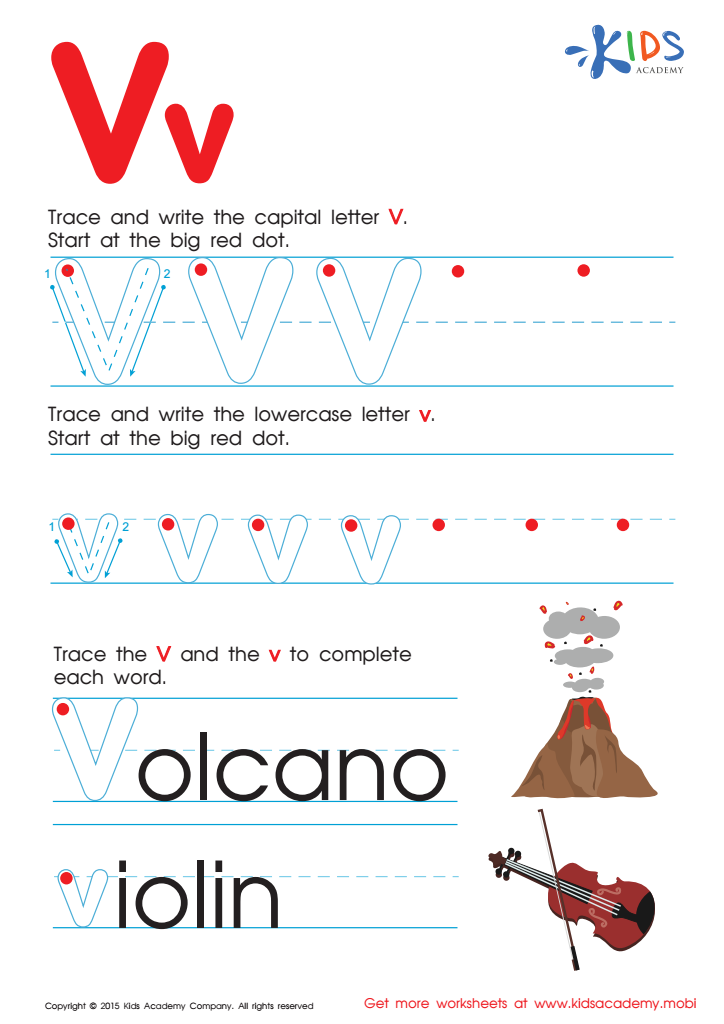

Letter V Tracing Page
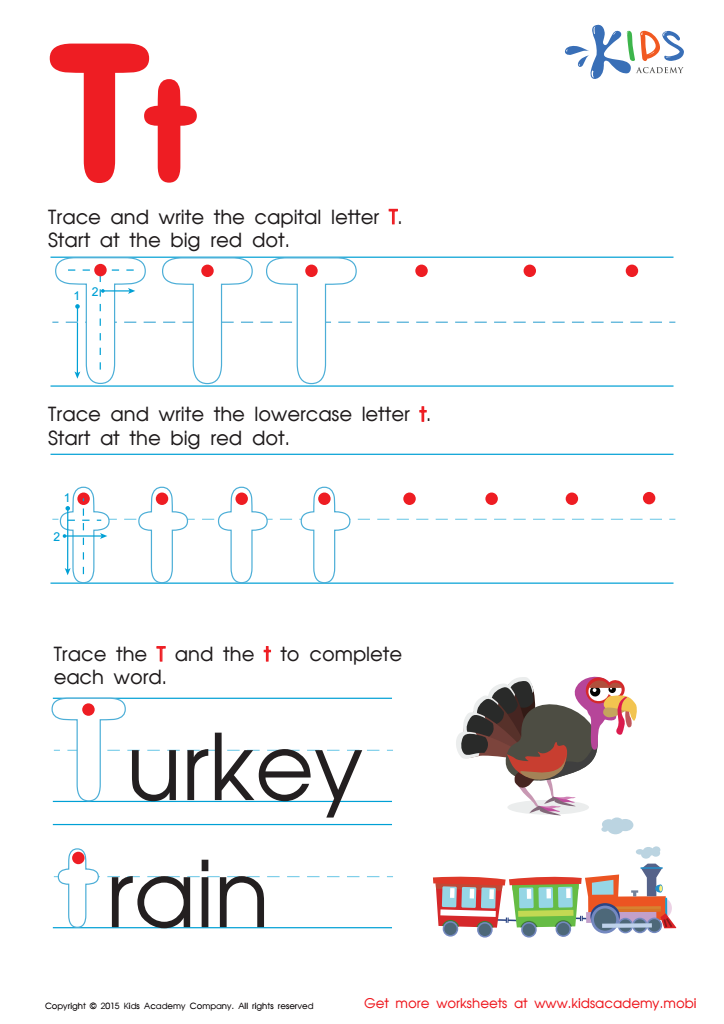

Letter T Tracing Page
Fine motor skills are crucial for young children, particularly ages 4–6, as they form the foundation for essential daily activities such as writing, buttoning clothes, and using utensils. The "Fine Motor Skills Extra Challenge ABC Letters" is a vital tool that engages children in alphabet activities while simultaneously enhancing their fine motor skills. When children trace or color ABC letters, they practice controlled hand movements, improve hand-eye coordination, and build muscle strength in their hands and fingers. These activities facilitate better pencil grip and writing skills, which are crucial for academic success as they transition into formal schooling.
Beyond academics, developing fine motor skills also encourages independence in children. They become proficient in tasks like tying shoes and opening lunch boxes, boosting their confidence and self-reliance. Furthermore, engaging in such structured activities can improve attention to detail and patience, laying a foundation for perseverance and focus in future learning endeavors.
For teachers, incorporating fine motor skill enhancement seamlessly integrates literacy with physical development, making learning multidimensional and comprehensive. For parents, engaging in these activities at home can offer meaningful and educational bonding time, underscoring the child’s education both in and out of the classroom. Overall, this dual-focus approach better equips children for future academic and personal activities.
 Assign to My Students
Assign to My Students



